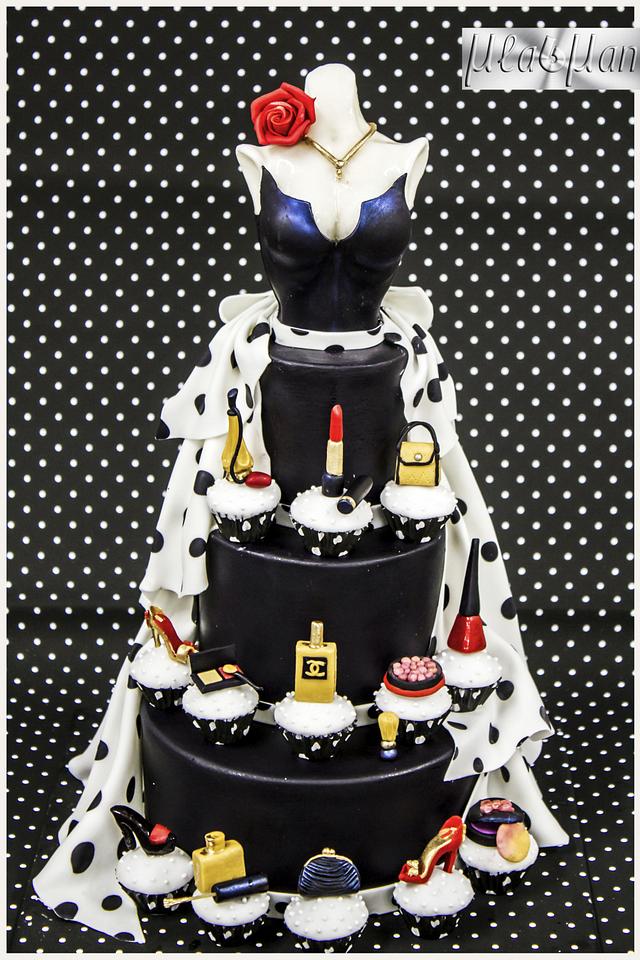Table of Content
Her blackwork sleeves have a sheer overlayer. She wears a black hood with a veil, 1578. Leonora di Toledo of Florence, Italy wears a blue gown with a flared collar and tight undersleeves with horizontal trim. The uncorseted S-shaped figure is clearly shown, 1571. Eleanor of Toledo wears a black loose gown over a bodice and a sheer linen partlet.
Isabella de' Medici's bodice fastens with small gold buttons and loops. A double row of loops trims the shoulder, 1560–65. Florentine fashion of the early 1550s features a loose gown of light-weight silk over a bodice and skirt and an open-necked partlet. The origins of the trend for sombre colours are elusive, but are generally attributed to the growing influence of Spain and possibly the importation of Spanish merino wools.
Brielle Black and White Pattern Two Piece Set
Much of Iowa's support for the Union can be attributed to Samuel J. Kirkwood, its first wartime governor. Of a total population of 675,000, about 116,000 men were subjected to military duty. Iowa is the 26th most extensive in total area and the 31st most populous of the 50 U.S. states, with a population of 3,190,369, according to the 2020 census.

1572, Elizabeth I wears a fitted gown with hanging sleeves over a matching arched bodice and skirt or petticoat, elaborate undersleeves, and a high-necked chemise with a ruff. Her skirt fits smoothly over a Spanish farthingale. Sisters Ermengard and Walburg von Rietberg wears German front-laced gowns of red satin trimmed with black bands of fabric. They wear high-necked black over-partlets with bands of gold trim and linen aprons. Their hair is tucked into jewelled cauls, 1564. Margaret Audley, Duchess of Norfolk wears the high-collared gown of the 1560s with puffed hanging sleeves.
Ivory and Black Lace Belted Three Quarter Sleeve A-Line Designer Dress
In northwest Iowa, Cretaceous bedrock can be 74 million years old; in eastern Iowa Cambrian bedrock dates to c. The oldest radiometrically dated bedrock in the state is the 2.9 billion year old Otter Creek Layered Mafic Complex. Precambrian rock is exposed only in the northwest of the state. The farm crisis of the 1980s caused a major recession in Iowa, causing poverty not seen since the Depression. The crisis spurred a major, decade-long population decline.

Don Gabriel de la Cueva wears a jerkin with short slashed sleeves over a red satin doublet. His velvet hose are made in wide panes over a full lining, 1566. Hair was generally worn short, brushed back from the forehead. Longer styles were popular in the 1580s. In the 1590s, young men of fashion wore a lovelock, a long section of hair hanging over one shoulder.
Product list
Unknown man of 1588 wears a lace or cutwork-edged collar rather than a ruff, with matching sleeve cuffs. He wears a tall grey hat with a feather which is called capotain. John Smythe wears a pinked white doublet with worked buttons and a plain linen ruff, 1579. Sir Martin Frobisher in a peascod-bellied doublet with full sleeves under a buff jerkin with matching hose, 1577. Thomas Howard, Duke of Norfolk wears a shirt trimmed in black on ruff and sleeve ruffles. Late in the period, fashionable young men wore a plain gold ring, a jewelled earring, or a strand of black silk through one pierced ear.

Catherine van Arckel of Ammerzoden, aged 8, wears a red velvet dress with embroidery and several gold chains. Miniature of Sir Walter Raleigh shows a linen cartwheel ruff with lace edging and the stylish small pointed beard of 1585. Miniature of the Duc d'Alençon shows a deep figure-of-eight ruff in pointed lace . Note the jeweled buttons on his doublet fasten to one side of the front opening, not down the center, 1577. An Italian tailor wears a pinked doublet over heavily padded hose. Henry, Duke of Anjou, the future Henry III of France and Poland, wears doublet and matching cape with the high collar and figure-of-eight ruff of c.
Girls overall tutu with denim for toddler tutu dress baby overall dress with tulle tutu for baby overall dress for infant tutu
Viscountesses and baronesses, among others, however, were not allowed to wear this material. Regarding fabrics and materials for the clothes construction, only royalty was permitted to wear ermine. Other nobles were allowed only to wear foxes and otters. Clothes worn during this era were mostly inspired by geometric shapes, probably derived from the high interest in science and mathematics from that era. "Padding and quilting together with the use of whalebone or buckram for stiffening purposes were used to gain geometric effect with emphasis on giving the illusion of a small waist".

There’s something about a brand new outfit that’s hard to resist! The perfect dress can make you look and feel your best, no matter the occasion. From New Year’s Eve to prom night, we’ve got you covered! At Target you can choose from a wide collection of dresses with your perfect mix of comfort and style. Check out our range of T shirt dresses, wrap dresses, off-the shoulder-dresses, denim dresses, and sundresses.
No comments:
Post a Comment